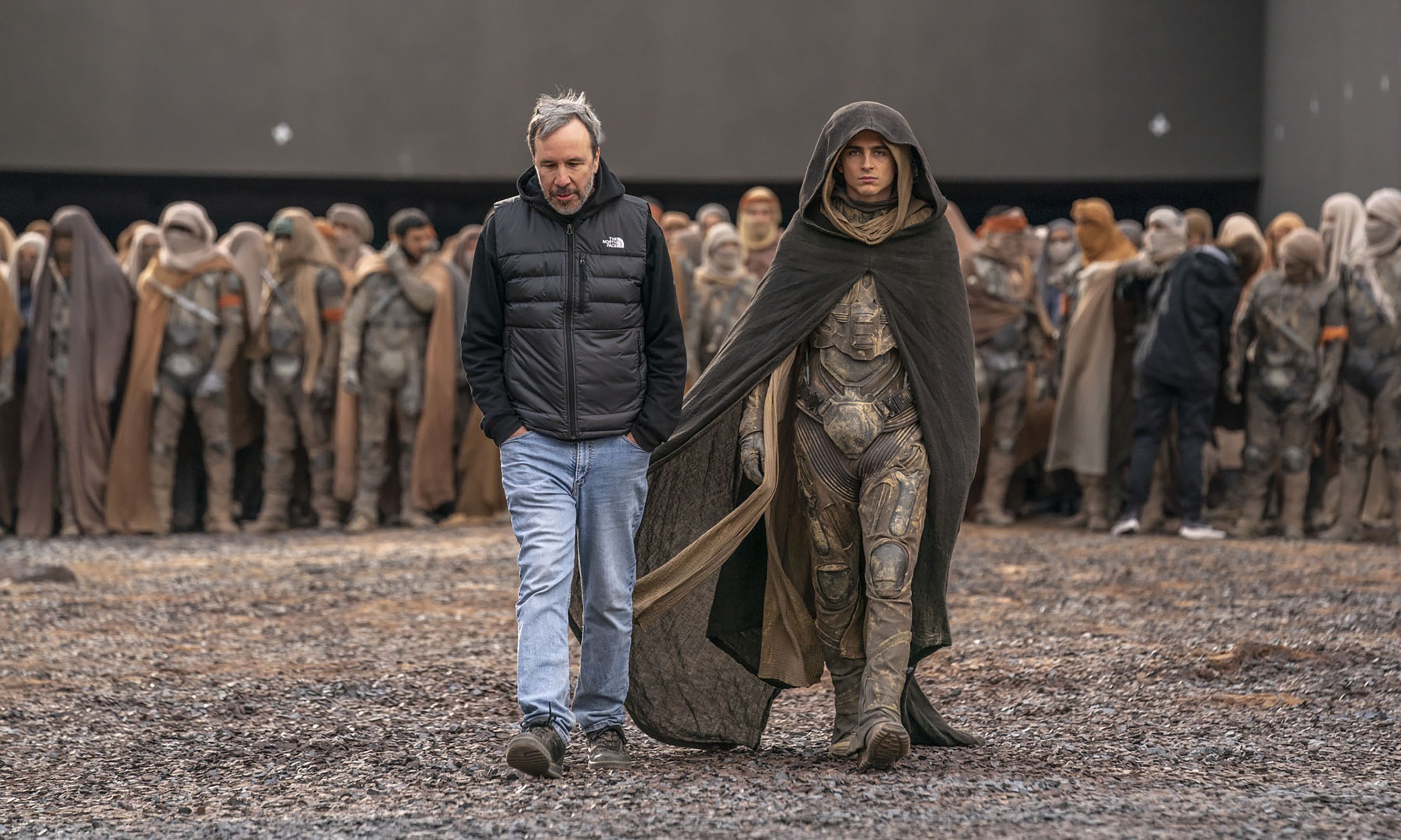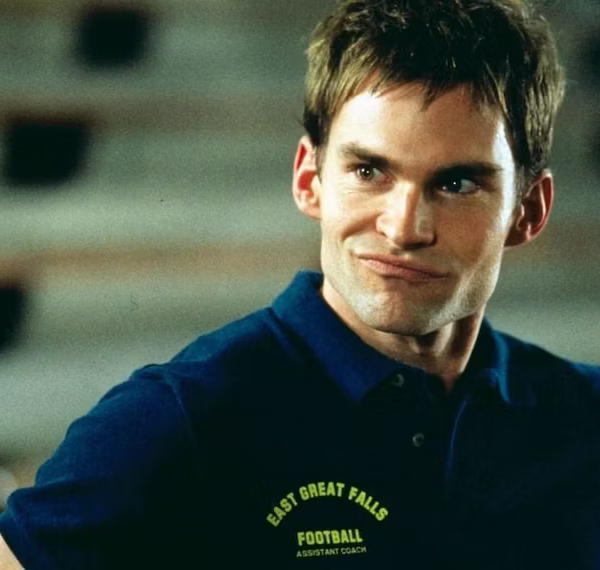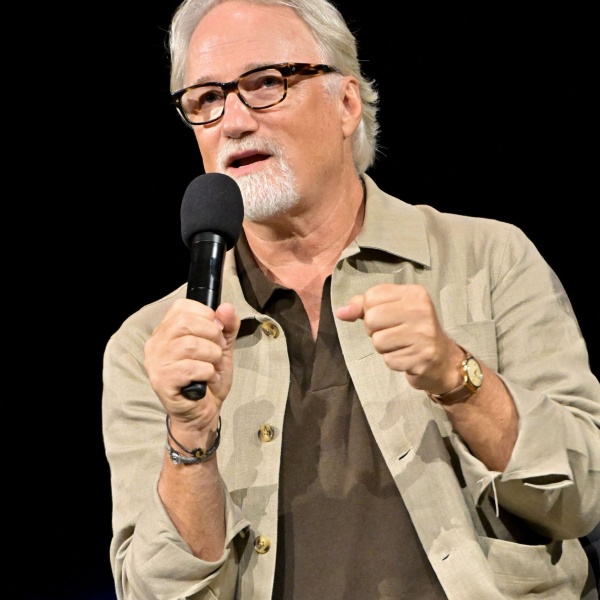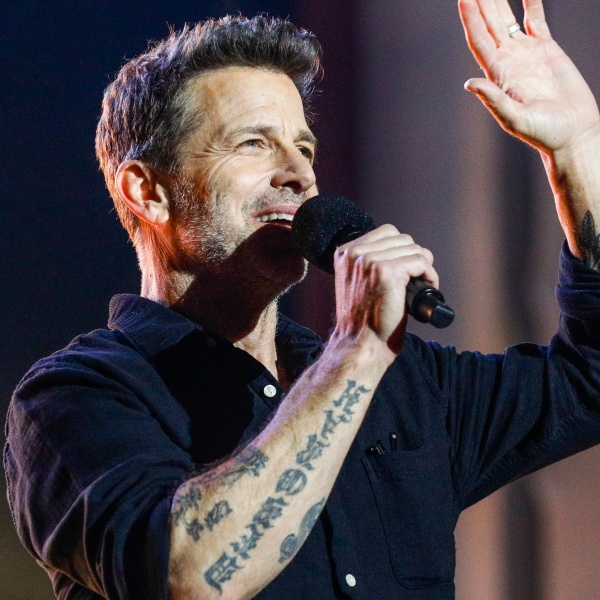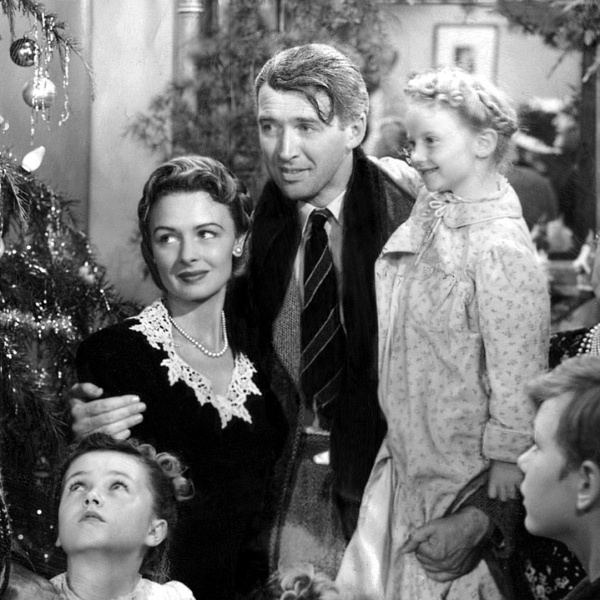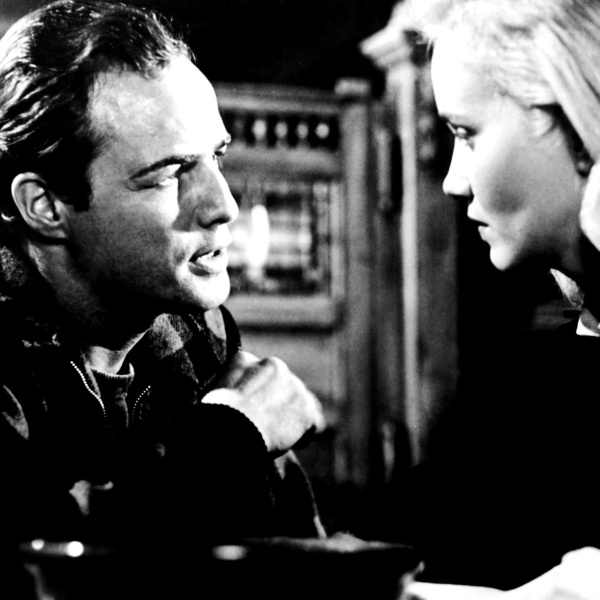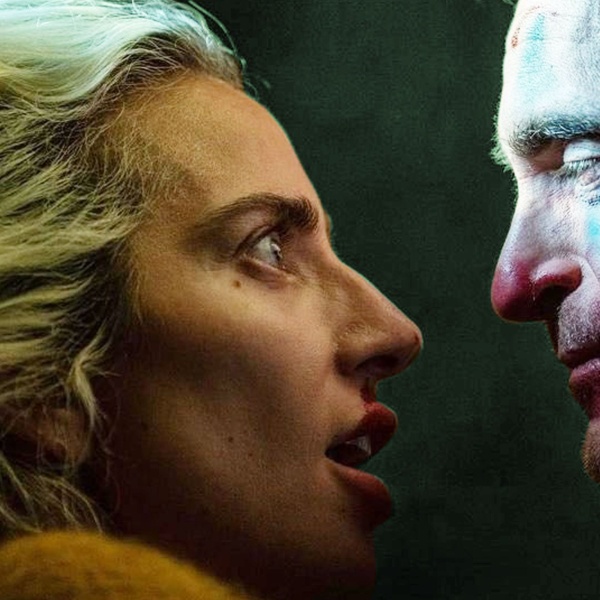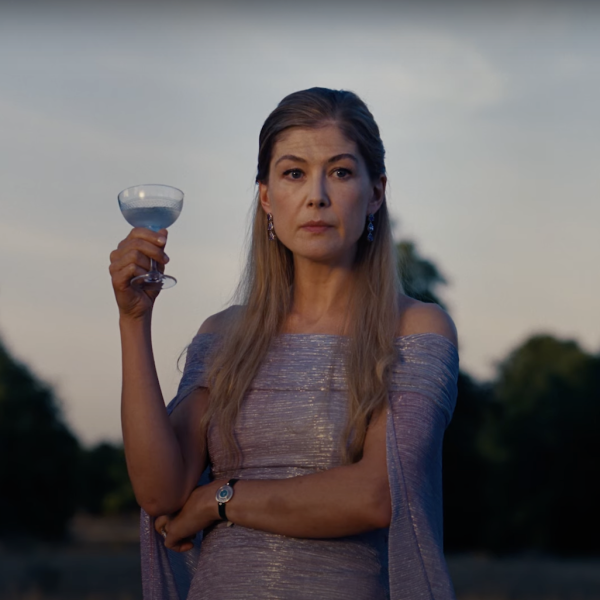At 28, Timothée Chalamet is five years older than he was when he shot Denis Villeneuve’s first iteration of “Dune” (2021), adapted by Eric Roth and Jon Spaihts from Frank Herbert’s 1965 sci-fi saga, which Villeneuve had adored since his early teens and had the sense to split into two parts. That film ran 155 minutes and cost $165 million against a pandemic global gross of $404 million, controversially released day and date by Warner Bros. in theaters and on HBO Max. It scored 10 Oscar nominations, including Best Picture, and won six craft categories.
Villeneuve, who mixes the sensitivity of an artist with the drive of an ambitious studio director, revels in big-scale epics like 2017’s “Blade Runner 2049” ($260 million worldwide). This time, with “Dune: Part Two,” he has the chance to smash a global blockbuster. Ten minutes longer than “Part One” and budgeted at $190 million, after strike delays, “Part Two” finally explodes in theaters on March 1. Opening weekend estimates are as high as $170 million worldwide.
Which is why the script for the now-inevitable (once you’ve seen this one) “Part Three,” based on 1969’s “Dune Messiah,” is already (if not officially) being written via Legendary Entertainment.
In order to achieve these lofty commercial goals, Villeneuve made changes not only to Herbert’s book but in the film’s sprawling cast and overall aesthetic. Here’s how “Dune: Part Two” (Metascore: 78) moves away from the first movie.
It’s wrought on a grander, more epic scale.

The first act of “Part Two” throws us into exhilarating desert guerilla warfare on spice planet Arrakis, as nimble Fremen fighters led by veteran Stilgar (Javier Bardem) and romantic warriors Paul Atreides (Chalamet) and Chani (Zendaya) effectively push back against the Harkonnens’ massive but lumbering technology.
“It’s the nature of the story,” said Villeneuve on Zoom. “For the first movie, we are following Paul, who is discovering a world. It’s more meditative, more contemplative, more him in contact with the elements. And for the second one, he becomes a man, a guerrilla fighter falling in love, and wants to avenge his father, and it’s more of an action movie. We are confronted with the guerrilla warfare and the technology of the opponent. That will transform the old story and transform it into a war zone.”
That’s why the movie had to be “much more muscular,” said Villeneuve, who ends “Part Two” with the massive battle described in the book. “So I had to add that epic quality. It was necessary to go there. There was no other way to approach that. I tried to make it as contained as possible in some ways, but I had to have that feeling of grandiosity and spectacle at the end.”
It’s not repeating old tropes.

The ornithopters look familiar, but most of the gadgetry from Oscar-winning production designer Patrice Vermette (“Dune: Part One”) is new. “The whole vocabulary of the movie had been defined in ‘Part One,’” said Villeneuve. “Now knowing that vocabulary, it was for us to expand and make sure that there will always be a feeling of novelty for the audience that they will never feel like they had to wear that old cold swimsuit. We wanted them to have a feeling of discovery, of wonder. And we didn’t use any sets that were made for ‘Part One.’ We redesigned completely the movie in the desert. We made sure that we were not going back in the same environment. When you look at both movies back to back, ‘Part Two’ is entirely new. Maybe the only thing that comes back is the ornithopters. But even then, Patrice upgraded and created new vehicles to make sure that there will always be that feeling that you’re watching a new film and not the extensions of the old one.”
Even the desert is deeper.
In “Part One,” the “Dune” team spent a few weeks in Jordan and a few days in Abu Dhabi. For “Part Two,” Villeneuve’s team had to build 18 miles of eco-friendly roads in the Jordan desert for trucks to transport their gear and build multiple basecamps in the deep desert for the first and second units.
“Those roads are probably already gone as we speak,” said Villeneuve, who recalls wandering around the desert with Vermette and cinematographer Greig Fraser (who won the Oscar for “Dune: Part One”) “looking like mad men,” he said. “You are surrounded by thousands of sand dunes. And why are you choosing that specific one that is two miles in the desert? It’s all about the shape, and it had to match Greig’s specification for light. It’s like a puzzle to find the right location even in the ocean of sand dunes. Nature is specific, and it took us a while to find all the right locations.”

And the sandworms are fucking huge.
Most sci-fi films establish the rules of their universe. But not Villeneuve. His favorite sequence in the film, when Paul proves his manhood by riding a gigantic granddaddy of a sandworm, was hugely expensive and took two months with a second unit to execute with gyrating platforms and grapple hooks and blowing desert sand — filmed in the desert with sunlight. Nothing was made on the stage. This is not how such effects are usually accomplished.
“Everything that we shot in the deep desert was not easy,” he said, “because I wanted a level of realism that required us to create giant structures or shadow makers in order to make the light believable. The characters and all the action sequences required a tremendous amount of prep, and logistics to protect the crew from the heat and to protect the stunts. The one scene that I didn’t want to compromise at all was the worm ride. It technically required a lot of time and research and development. That was by far one of the most complex things I’ve ever done.”

Once the movie establishes that the Fremen can ride the worms, suddenly they can control them and use them in battle or as transportation across vast terrain, with entire villages riding on their capacious backs. And we never see anyone get off a worm.
Villeneuve is getting repeated queries about this “crazy Uber system,” he chuckles. He had the solution, he said: “I knew how. I found a way. It was not dramatically necessary in ‘Part Two’ to see someone get out of the worm, but I know how to do it. And I can’t wait to put that on screen.”
The House Harkonnen gladiator colosseum was shot on a massive scale in black and white.
When Villeneuve was writing the screenplay (with Jon Spaihts and a polish from “The Last of Us” showrunner Craig Mazin), he wanted “to give an insight on the Harkonnen psyche,” he said. “Where are they coming from? When you look at the desert, you know a lot about the Fremen. But Giedi Prime is an artificial plastic world, where nature has been disappeared. I did feel that something was missing, that it would be interesting to create a world that has its own physical logic, but that also will give us some clue of why the Harkonnens are as they are. The idea that the sunlight, instead of revealing color, will kill color [and] will bring some feeling of a binary world where things are black or white, and this fascist and totalitarian environment will give me the opportunity to create images that will resonate and feel like an old World War II fascist movie.”
The gladiator ring also reveals more of black-and-white Harkonnen villain Feyd-Rautha (Austin Butler), grandson to Stellan Skarsgård’s Baron leader. “I was looking for some kind of eerie black and white,” said Villeneuve. “Greig brought the idea that we could shoot with IR [infrared] cameras, which excited me, because the skin becomes almost translucent; you see the veins to the skin. You see the eyes become almost like insect eyes, something reptile or animalistic, spooky. It was exciting to shoot with those cameras. But the problem: I warned the studio that there was no way back. It’s not an effect that is done in post-production. It’s an effect that is done on camera. So it’s like you shoot this way, and it will be this way. And I love to commit like that!”
New villain Butler’s Feyd-Rautha goes toe-to-toe with Chalamet’s conflicted Paul Atreides.
From the start, Villeneuve saw Butler as a bad guy. “There was a twitch, something in the back of his eyes that he could be playing in this zone,” he said. “I felt that he had that playful darkness inside him. And that tremendous rockstar charisma. It’s not because of ‘Elvis.’ I’ve seen something in the movies, a kind of swagger. He trained for months in order to become muscular. I never had asked an actor to do that before.”
Did Butler stay in character on set, as with “Elvis”? “He had to be a bit out of character,” said Villeneuve, laughing. “Otherwise, I’d be dead right now. It’s a sadistic psychopath. But it’s true: I’m not used to Austin being a nice Californian boy with blond hair. I spent months with the insect-like Feyd-Rautha.”
Chalamet has grown up.
Villeneuve loves the key reveal late in the movie (SPOILER ALERT) when Atreides uses his Bene Gesserit voice against the all-powerful Reverend Mother (Charlotte Rampling), who had placed his hand in that painful black box in “Part One.” “It’s a moment that exists in the book,” he said, “where you feel that the student surpasses the master, and there’s a major shift of power. Paul had been humiliated by the Reverend Mother, and it’s my favorite revenge moment. Charlotte Rampling embodied the Reverend Mother in such power.”
On the first “Dune,” Chalamet was barely 23 when he started playing Atreides. It was his first time carrying a movie of that size. “He was learning how to consolidate his identity as an actor, trying to understand,” said Villeneuve. “A fantastic actor, but still used to working in a more intimate environment. I felt responsible for him. I tried to protect him, as he was trying to find a way to keep his focus, to know how to interact with other actors. And he learned a lot during ‘Part One’ and in the subsequent movie.”
When Chalamet arrived on set for “Part Two,” “he was much more grounded,” said Villeneuve. “He knew absolutely where to put his boundaries, in a positive way. When you’re on a movie of that size? And there are 145 extras and 12 actors around you? How do you keep your concentration? He had mastered that he was a leader on set. It was powerful to see him transform in front of the camera. First, he is a young man filled with doubt, and suddenly, he becomes a dark and powerful messianic figure.”
“Part Two” moves at a lickety-split pace.

When Atreides’ survival skills are tested in the desert, Chani shows him the Fremen tricks, but we don’t see him struggle. He just comes back. When Feyd-Rautha puts his hand in the black box, we assume that he passes the test; he’s alive. The director and Oscar-winning editor Joe Walker (“Dune”) keep the narrative moving.
“It was not about a running timeline,” said Villeneuve. “I wanted to create the momentum in the story, a pressure on Paul. … There were some moments that I wanted to protect that were more delicate: I wanted to spend time with the Fremen from the beginning to give insight on their culture and rituals. To protect those moments, I had to create an inner rhythm in the tension in the film, to make sure that you will feel that once Paul starts his process of becoming Lisan al-Gaib, that will unfold quickly on his shoulders. There’s a pressure that is increasing, increasing, increasing, increasing, and I needed that compression of time to create that.”
The movie relies on closeups of Zendaya as Chani.
Chani is the conscience of the movie, and Villeneuve altered the narrative to accommodate her. She narrates “Part One,” even though it’s the Emperor’s daughter, Princess Irulan (Florence Pugh), in the book. So Villeneuve went to Princess Irulan to narrate “Part Two.” He keeps Chani in the story when the book does not, in order to make clear Herbert’s intention that Atreides was a cautionary messianic figure.
“I made sure that the structure of the movie will unfold in the tension between [Chani and Paul] and their relationship,” said Villeneuve. “The movie’s a love story, and through that love story, all the topics and the issues, everything is present in that relationship. Chani became, in that adaptation, a central figure, and the more the movie evolved, the more we embrace her point of view.”
The director certainly made changes in the editing room, but those luminous close-ups of Zendaya had to be shot in the first place. “One of the strong qualities in Zendaya is she can express a lot just by witnessing,” he said, “by being there. I made sure specifically that in the last act of the film, we will glide into her perspective. That needed to be implanted in the screenplay and done in the shooting, because it’s not something you can improvise in the editing.”
The movie clearly sets up “Part Three.”

That’s when we will see more of Pugh’s Princess Irulan, who is set to marry Atreides, much to Chani’s displeasure, and Léa Seydoux as Bene Gesserit Lady Margot, who is carrying Feyd-Rautha’s child. And Lady Jessica (Rebecca Ferguson), who becomes a powerful Reverend Mother to the Fremen, is carrying a precocious embryo who will become Atreides’ sister Alia (Anya Taylor-Joy). There’s plenty more to look forward to in the final installment of Villeneuve’s planned trilogy.
“It’s already in the works,” he said, though not officially. Warners started asking about “Part Three” after seeing the first few weeks of “Part Two” dailies. “Hey guys, I’m shooting ‘Part Two!’” He is willing to embark on a third chapter. “It will be fantastic to finish Paul Atreides’ arc. I will be very excited to do the ‘Messiah.’ There’s a powerful movie there, very different. That’s also what excites me. It will be something new. I don’t want to fall into repetition. If I do it, it’s because it’s still a ‘Dune’ movie, but with its own identity.”
“Dune: Part Two” opens in theaters from Warner Bros. on Friday, March 1 with some availability in 70mm and IMAX.
